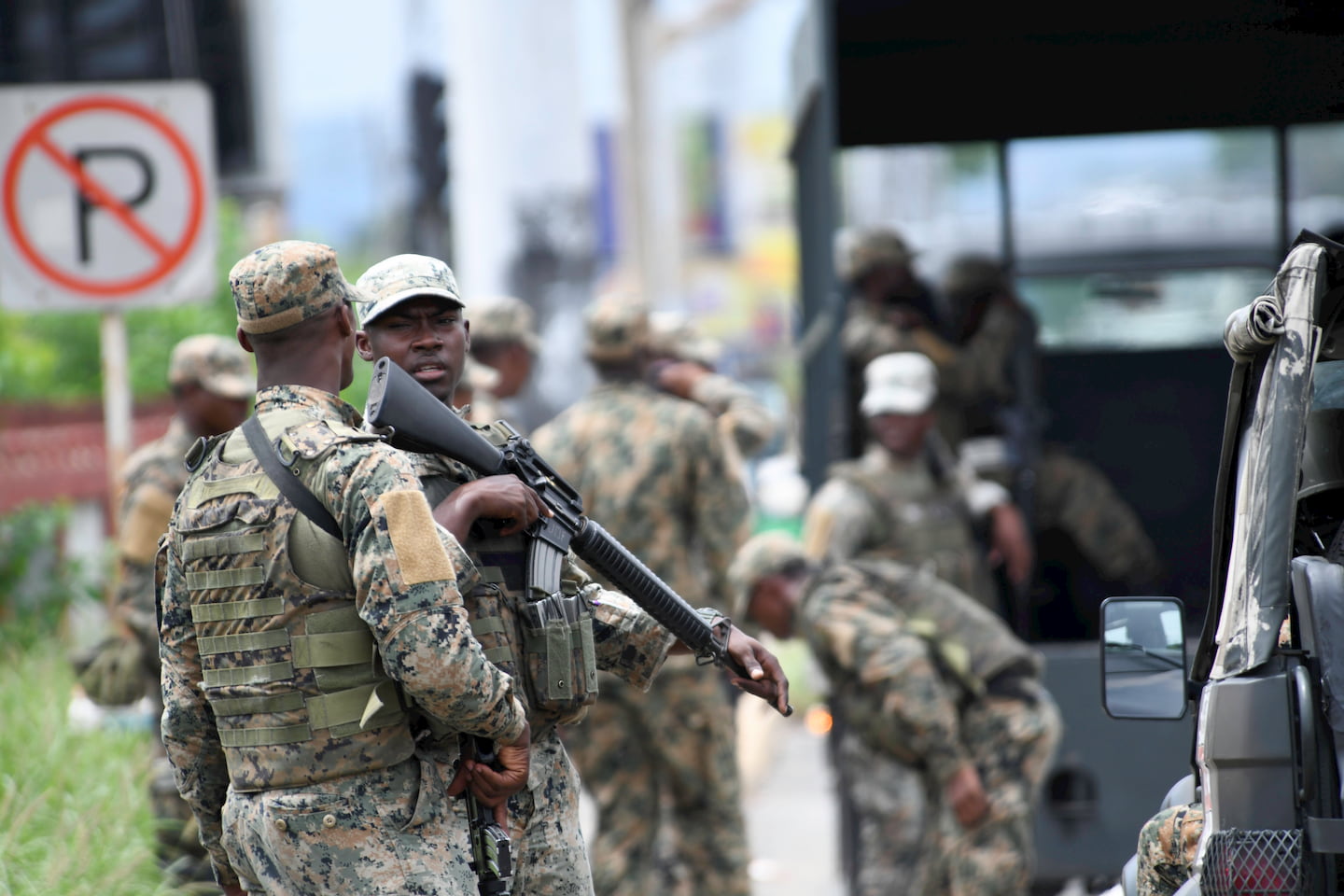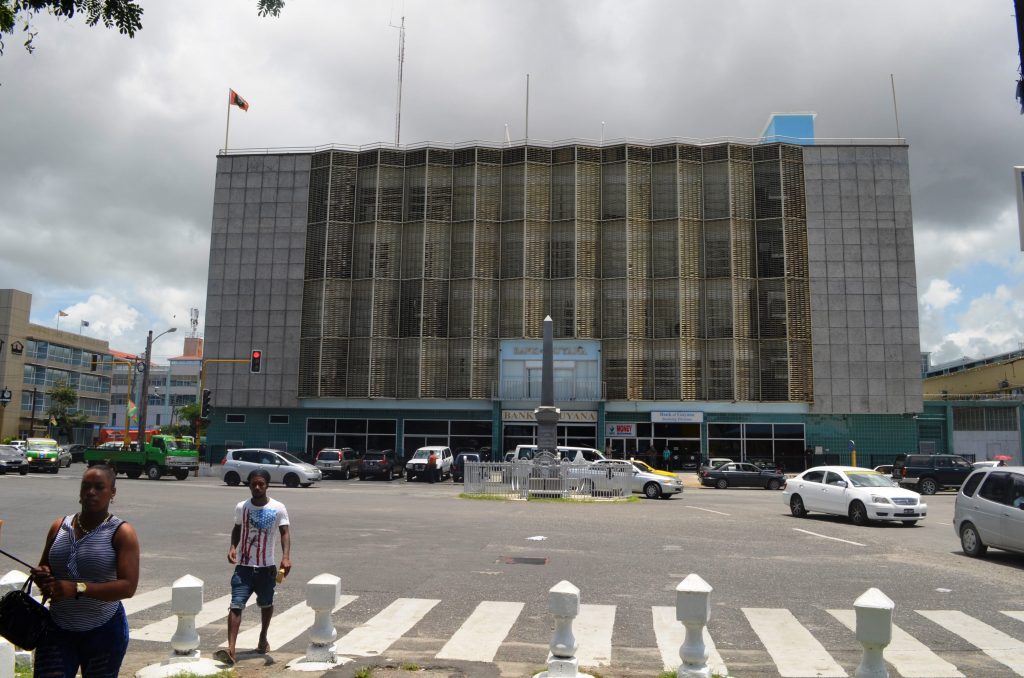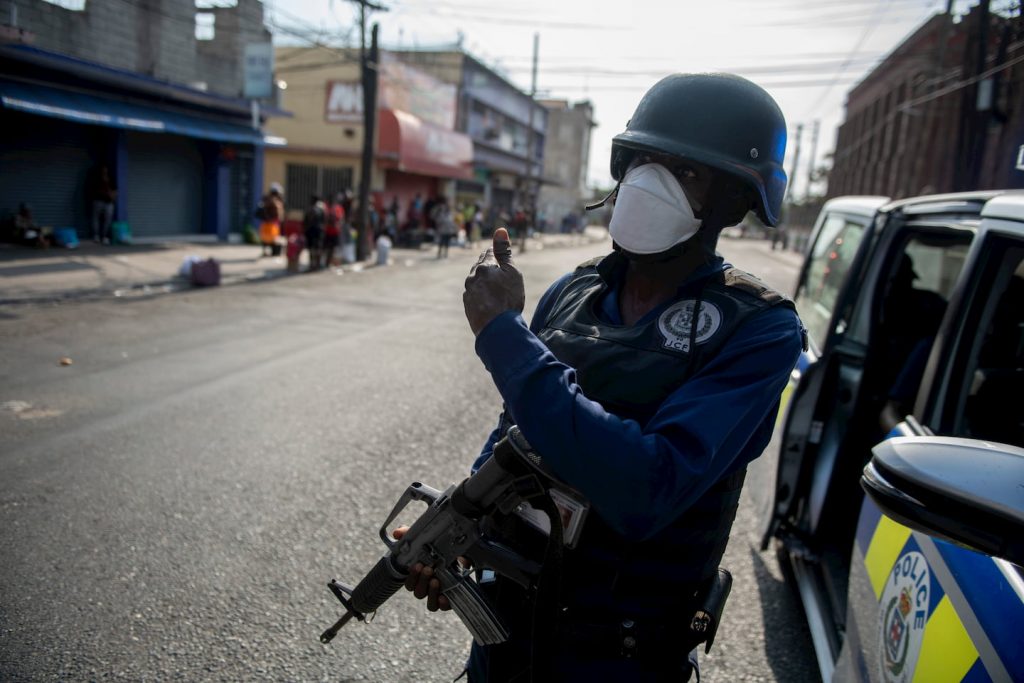In Part one last week, we discussed the first three parts of the Ten Basics of a Violence Reduction Plan. We continue this week.
Even as people demand suppression, most know the limits of the security forces.
In our last major study of violence in Jamaica (The Violence Interruption Programme Evaluation Study), youth reported that the police could only bring relief to communities at war – not solve it long term. Notice that while they topped the interruption chart below, they never returned as a factor in any other chart – not even as a minor group.
This means that even if the people loosely call for suppression, it is not for the State to follow this pattern over the medium or long term. There are numerous videos of civilians advising police officers to harm other civilians. We have seen cases where this happens, and the officer complies and locals use their smartphones to video the state agent’s abuse of power. The same people then turn against the police when the abuse is done.
Why, then, do governments of the Caribbean engage in the popular evil of extended suppression? The answer lies in the fact that suppression can keep murders down until an impending election. After the election, we can expect ‘all hell to break loose’.
The truth is that for force to work medium or long term, the people must accept it as the most appropriate method to address violence, or they must be kept in darkness so they do not know of other options. Governments can only use force effectively when they have legitimacy. This is a complicated political anthropological term. However, I shall attempt to simplify it.
Legitimacy means that the government using force must become extremely important to the people and have the trust of the people based on a history of national nurture or welfare (see Charles Tilly’s work). To illustrate, a small study shows that mothers have three times more legitimacy than fathers in Jamaica. Given our plantation history, mothers are twice more likely to be present in our lives and are more nurturing – and we are biologically tied to them (monotrophy, see John Bowlby’s work).
Hence, if a father hits an inner-city boy over the age of 15 years in Cross Roads, 50 per cent of the time, the boy will hit back. If a mother hits the same boy in Cross Roads, he will not respond violently. Mother has legitimacy. In Jamaica, it is the member of parliament (MP) and the don, not central government, that are important to the oppressed and underserved youth. They have the capacity, like a mother, to manipulate youth for good or bad. This is why garrisons are important to win elections.
Dons and MPs have legitimacy because in many cases, like a mother, they are all the inner-city youth have to rely on, and both often have a history of delivering what they promise on a one-on-one basis. The security forces, acting as the face of the State, do not have legitimacy. They are seen as the core of Babylon. Hence, as the charts below show, they can only bring temporary relief to communities at war. Notice that youth depend on the VIP (violence interrupters of the Peace Management Initiative) for money, followed by politicians, the Community Safety and Justice Programme (CSJP), the Church, and dons. For counselling, the top five groups inner-city youth depend on are the Church, PMI’s VIP, CSJP, community elders, and dons.
A forced reduction represents a spike within 24 months and can create an upward spiral in homicide.
Suppression, or a police operation, usually comes into being after a spike in murders. Then the suppression or operation brings it down. However, the violence usually returns within 12-24 months, and things become worse. When you assess the results in 15 years, you will find that suppression causes an increase of five per cent in homicides every four years in the three core countries – Jamaica, Belize and Trinidad.
Look at the chart below. Each of the troughs (sinks) represents an act of suppression. Then the State is forced by lack of resources and diminishing returns to pull back. The violence then escalates beyond where it was originally.
Let us examine the last big act of suppression in all three countries. Jamaica had the Tivoli incursion in 2010. Trinidad followed with a state of emergency immediately. Belize was last, with Operation Jaguar. Jamaica had two years of a dip in murders from the massive state force applied in 2010. By 2013, gangs had reorganised. The rise continued until we had a homicide rate of more than 60 per 100,000 in 2017. This forced the Government to reapply the state of emergency – the strategy that has been reliable in creating instant-coffee results. I call it the morphine tool. It really does not address the root of the problem; but most people will feel good for a moment – because it is effective in bringing the murders down. However, they soon rise again like Lazarus from the dead.
The pattern has been very similar for Trinidad and Belize. We have been doing this since the 1970s. The results have been the same, yet we continue along the same path. Had we taken 10 per cent of the monies used on suppression techniques to strengthen PMI and other social services, the murder rate would have been lower. But these social intervention frames do not produce instant coffee results – and this is what the public demands.
Heavy policing is not only expensive on taxpayers, burning up two-thirds of national security budgets, it is also cruel.
States of emergency are associated with a heavy cost in human life, an increase in poverty for the marginally employed, breach of human dignity, loss of freedom, and damage to families (including an increase in incest).
In countries such as Jamaica, Belize and Trinidad, people get killed by the State. In Jamaica, the worst of the three, the State can account for between 12 and 20 per cent of all violent deaths. Sometimes the State kills the youth; other times its agents take them off the streets or off public transport and put them into concentration-like camps to ‘process’ them. The selection is often well known.
In recent studies, we asked groups of children (10-14 years old) in Jamaica, Belize and Trinidad to describe the youth who the police take off the street during states of emergency. All the answers were the same: “males, black, skinny or hungry-looking, bleached, looking angry or sad”. The State, therefore, must also have this precise profile of its victims. They just happen to be the precise set of youth who make up communities in which 33-60 per cent of males between the ages of six and 18 are out of school, are homeless, or have no fixed address, have to serve as their own head of household, have been physically (and even sexually) abused, and have been tortured by caregivers.
How is a state of emergency going to restore these youth? They understand all forms of punishment. What happens, therefore, is that they adapt to state attacks, outwait the State’s action, and return to violent action after the State fails yet again.
And what of the many vendors who the State removes from the sidewalks during these operations? On average, soup and jerk chicken vendors have five children. Who will feed these children when the father is made unemployed by the State? Our data show that a significant proportion are forced to turn to crime in order to feed their children. This cannot be the objective of the State.
The cost of states of emergency is often well calculated by the Government. The greatest problems are when the State prolongs the security clampdown, thus multiplying the harmful effects and reducing the efficacy, and when the State has very poor investments in social intervention. The data show that it is prudent for the Government of Jamaica to invest heavily in human resource, rather than relying on temporary military tactics.






